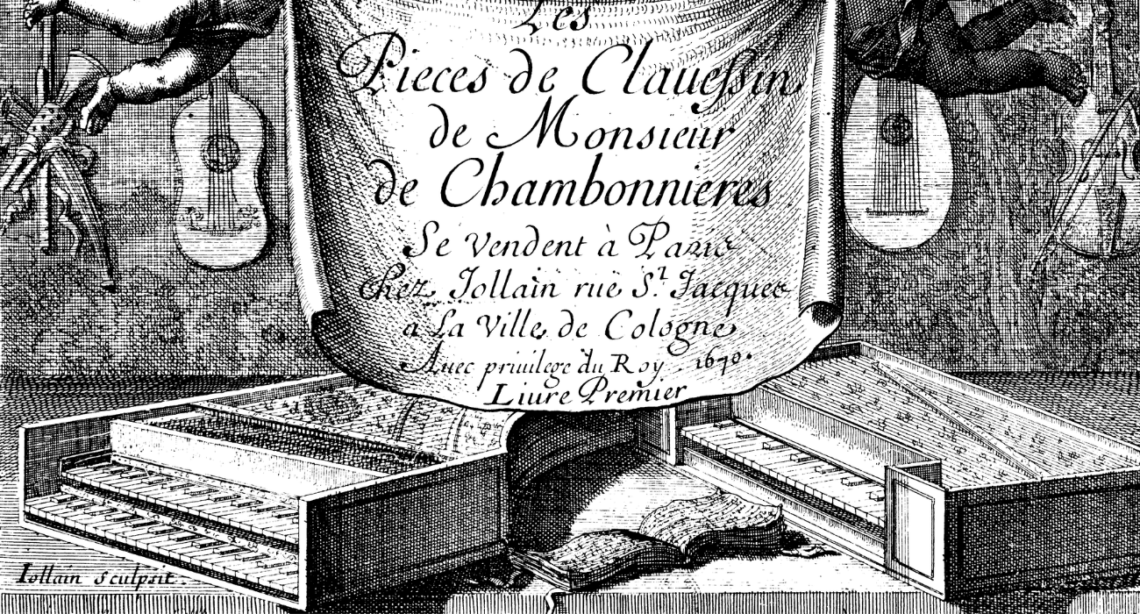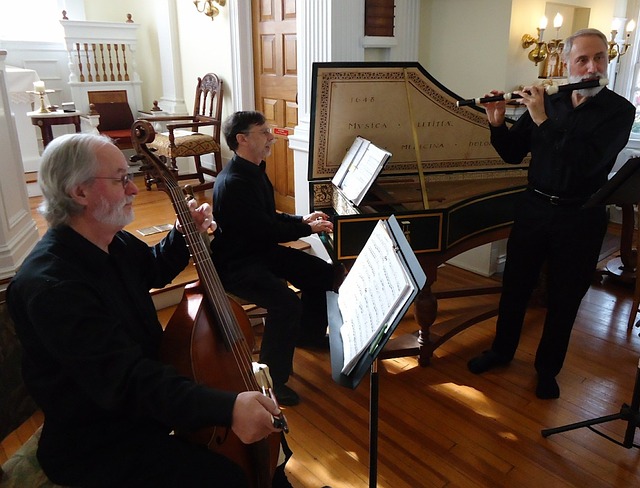
A Beginner’s Guide to Basso Continuo
Basso continuo–also called just “continuo”–is a type of improvisation that was incredibly popular during the Baroque period of classical music, which lasted from about 1600–1750. Basso continuo players were given a bass line–or a single line of music in a low register–and improvised chords–or combinations of other notes–over the bass line.
The players were generally told what types of chords to improvise by numbers, called “figures,” written over or under the bass line. Not all continuo parts had these numbers, however, and sometimes players had to figure out the chords themselves.

Basso continuo parts were usually played by at least two instruments, most frequently a keyboard instrument–such as a harpsichord or organ–in combination with a bowed bass instrument (i.e. a bowed string instrument with a low range) like a cello or viola da gamba which only played the bass line. Many other instruments could also play the continuo part, however, such as lute, theorbo (a giant type of lute), bassoon, string bass/violone, or lirone.
During the Baroque period basso continuo players, especially those playing “chordal” instruments–or instruments capable of playing chords, such as the harpsichord–were used to help keep the ensemble together rhythmically. Continuo players almost always played continuously–hence the name–throughout a piece. Basso continuo was part of almost every piece of music written during the Baroque period and it played an incredibly important role in Baroque music.
As the Baroque period progressed, basso continuo playing became more complex. It started out around 1600 being rather simple, but within a hundred years it had become a skillful art all its own. By the time of Johann Sebastian Bach (1685–1750), continuo parts were filled endless figures and many thick-textured chords–i.e. chords containing many notes.

The use of continuo continued into the Classical period of classical music, which came after the Baroque period and lasted from approximately 1750–1800. Its popularity started to die out, however, as larger orchestras became the norm and its function of keeping the ensemble together became less relevant and less possible.
Basso continuo has been revived in the 20th and 21st century as part of historical performance practice, which is a movement to rediscover the instruments and playing techniques that would have been used in the Baroque period (and all other periods of music from the past). Musicians and students interested in basso continuo study musical treatises–or books specifically written to help teach aspects of music–from the Baroque period to learn how continuo was performed.